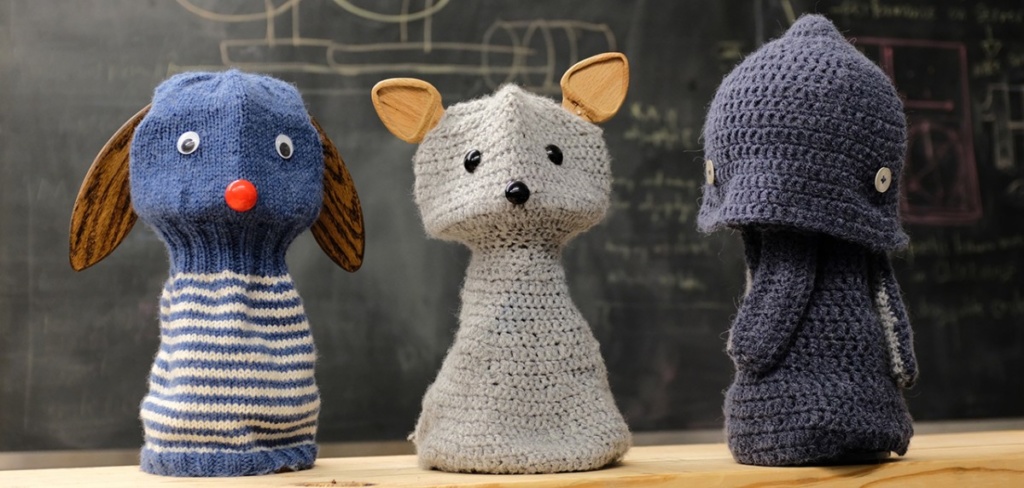模型:
flair/ner-multi
 中文
中文4-Language NER in Flair (English, German, Dutch and Spanish)
This is the standard 4-class NER model for 4 CoNLL-03 languages that ships with Flair . Also kind of works for related languages like French.
F1-Score: 92,16 (CoNLL-03 English), 87,33 (CoNLL-03 German revised), 88,96 (CoNLL-03 Dutch), 86,65 (CoNLL-03 Spanish)
Predicts 4 tags:
| tag | meaning |
|---|---|
| PER | person name |
| LOC | location name |
| ORG | organization name |
| MISC | other name |
Based on Flair embeddings and LSTM-CRF.
Demo: How to use in Flair
Requires: Flair ( pip install flair )
from flair.data import Sentence
from flair.models import SequenceTagger
# load tagger
tagger = SequenceTagger.load("flair/ner-multi")
# make example sentence in any of the four languages
sentence = Sentence("George Washington ging nach Washington")
# predict NER tags
tagger.predict(sentence)
# print sentence
print(sentence)
# print predicted NER spans
print('The following NER tags are found:')
# iterate over entities and print
for entity in sentence.get_spans('ner'):
print(entity)
This yields the following output:
Span [1,2]: "George Washington" [− Labels: PER (0.9977)] Span [5]: "Washington" [− Labels: LOC (0.9895)]
So, the entities " George Washington " (labeled as a person ) and " Washington " (labeled as a location ) are found in the sentence " George Washington ging nach Washington ".
Training: Script to train this model
The following Flair script was used to train this model:
from flair.data import Corpus
from flair.datasets import CONLL_03, CONLL_03_GERMAN, CONLL_03_DUTCH, CONLL_03_SPANISH
from flair.embeddings import WordEmbeddings, StackedEmbeddings, FlairEmbeddings
# 1. get the multi-language corpus
corpus: Corpus = MultiCorpus([
CONLL_03(), # English corpus
CONLL_03_GERMAN(), # German corpus
CONLL_03_DUTCH(), # Dutch corpus
CONLL_03_SPANISH(), # Spanish corpus
])
# 2. what tag do we want to predict?
tag_type = 'ner'
# 3. make the tag dictionary from the corpus
tag_dictionary = corpus.make_tag_dictionary(tag_type=tag_type)
# 4. initialize each embedding we use
embedding_types = [
# GloVe embeddings
WordEmbeddings('glove'),
# FastText embeddings
WordEmbeddings('de'),
# contextual string embeddings, forward
FlairEmbeddings('multi-forward'),
# contextual string embeddings, backward
FlairEmbeddings('multi-backward'),
]
# embedding stack consists of Flair and GloVe embeddings
embeddings = StackedEmbeddings(embeddings=embedding_types)
# 5. initialize sequence tagger
from flair.models import SequenceTagger
tagger = SequenceTagger(hidden_size=256,
embeddings=embeddings,
tag_dictionary=tag_dictionary,
tag_type=tag_type)
# 6. initialize trainer
from flair.trainers import ModelTrainer
trainer = ModelTrainer(tagger, corpus)
# 7. run training
trainer.train('resources/taggers/ner-multi',
train_with_dev=True,
max_epochs=150)
Cite
Please cite the following paper when using this model.
@misc{akbik2019multilingual,
title={Multilingual sequence labeling with one model},
author={Akbik, Alan and Bergmann, Tanja and Vollgraf, Roland}
booktitle = {{NLDL} 2019, Northern Lights Deep Learning Workshop},
year = {2019}
}
@inproceedings{akbik2018coling,
title={Contextual String Embeddings for Sequence Labeling},
author={Akbik, Alan and Blythe, Duncan and Vollgraf, Roland},
booktitle = {{COLING} 2018, 27th International Conference on Computational Linguistics},
pages = {1638--1649},
year = {2018}
}




















